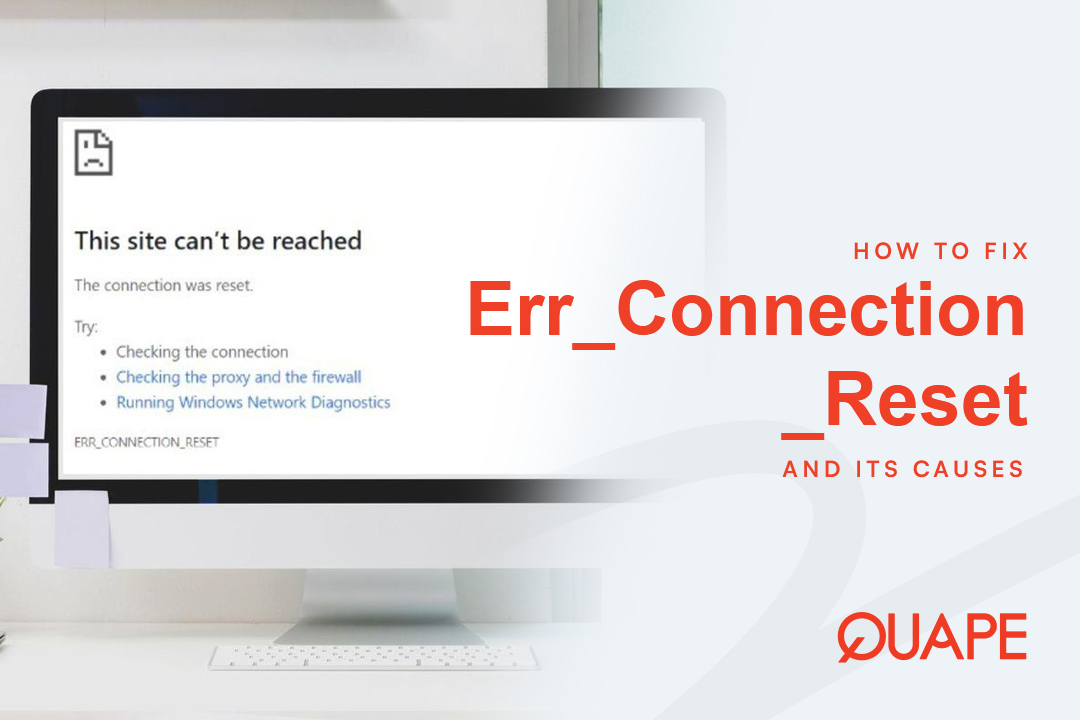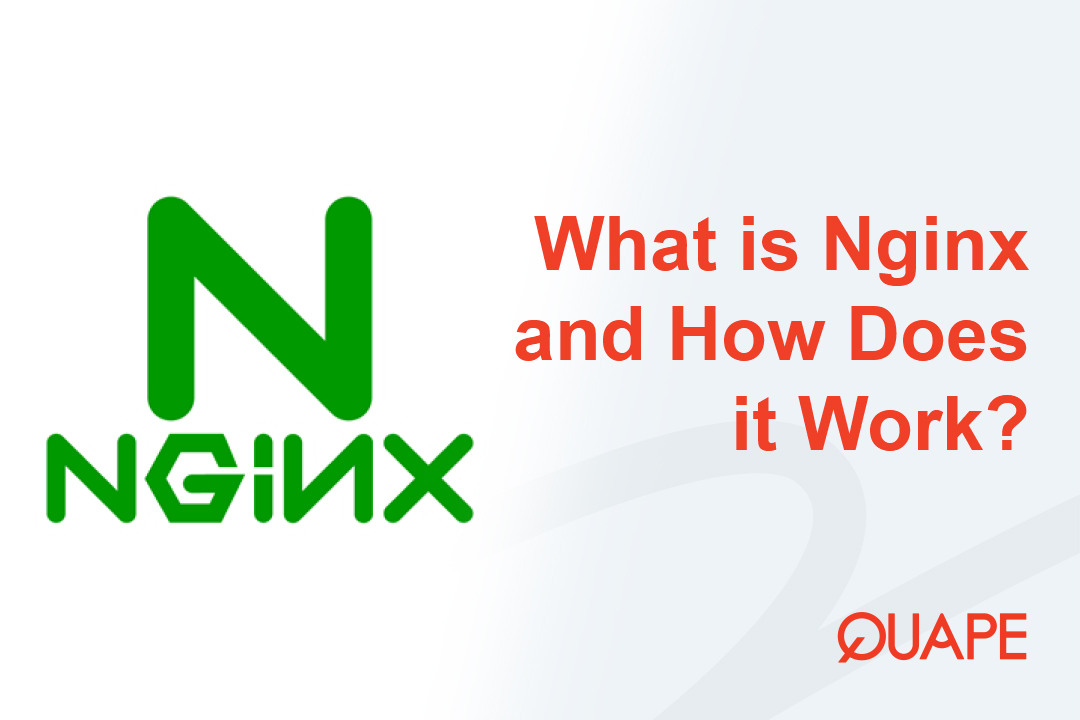Have you ever wondered how your favorite apps “talk” to each other? How a food delivery app can pull up a Google Map, or how a social media platform lets you log in using your Google account? The answer is a powerful, invisible technology called an API, or Application Programming Interface.
APIs are the silent, behind-the-scenes heroes of the digital world. They are the fundamental building blocks that enable different software systems to communicate, share data, and collaborate seamlessly. In this guide, we’ll demystify what an API is, explain how it works in simple terms, and show you why it’s a non-negotiable part of the modern web.
Table of Contents
ToggleThe Simplest Explanation: The “Waiter” Analogy
The best way to understand an API is to think about a restaurant.
You (the client) are sitting at your table with a menu. The kitchen (the server) is where all the magic happens—it’s full of ingredients and chefs ready to work. But you can’t just walk into the kitchen and tell the chefs what to do. You need a middleman.
That middleman is the waiter (the API).
- You (the Client) give the waiter your order (a request).
- The waiter (the API) takes your request to the kitchen (the server).
- The kitchen prepares your meal and gives it back to the waiter.
- The waiter (the API) delivers the meal (the response) back to you.
The waiter handles all the complex parts of the process, ensuring you get exactly what you asked for without needing to know the details of the kitchen. That’s exactly how an API works. It takes your request, processes it with the server, and returns the data you need, all while keeping the internal system secure and out of sight.
How APIs Actually Work: The Request-Response Cycle
The “waiter” analogy is a great starting point, but let’s dive into the technical details of how APIs facilitate communication on the web. The process is based on a simple client-server model.
- The Client is the application that sends the request for information. This could be your mobile app, a web browser, or another piece of software.
- The Server is the application that receives the request and sends back a response. This is where the data or functionality resides.
An API is the set of rules that governs this back-and-forth communication. Here’s a breakdown of the key components:
1. API Endpoints
An API endpoint is a specific URL that acts as a destination for your request. It’s like the address of a specific table in the restaurant. For example, to get a list of users, an endpoint might look like this: https://api.example.com/v1/users.
2. HTTP Methods (The “Verbs”)
When you make a request to an endpoint, you use a specific HTTP method to tell the server what you want to do. The most common methods are:
- GET: To get data from the server. (e.g., “Give me a list of all users.”)
- POST: To create new data on the server. (e.g., “Here is a new user to add.”)
- PUT: To update existing data on the server. (e.g., “Change the details for this specific user.”)
- DELETE: To delete data from the server. (e.g., “Remove this user from the database.”)
3. The Language of APIs: JSON
For the client and server to understand each other, they need a common language. The most popular language for modern APIs is JSON (JavaScript Object Notation). JSON uses a simple, human-readable format of key-value pairs to represent data. This makes it lightweight and easy for different programming languages to interpret.
When you send a request, you might include a JSON object in the body. When the server responds, it typically sends back the requested data in a JSON format.
APIs in Action: Powering Our Digital World
APIs are everywhere, and you probably interact with dozens of them every day without realizing it. Here are some real-world examples that bring the concept to life:
- E-commerce: That “Pay with PayPal” button on an online store isn’t magic. It’s an API call. When you click it, the e-commerce website uses a PayPal API to securely process your payment, so your financial details never have to be stored on the online store’s server. Similarly, APIs update inventory counts in real-time and connect the store to shipping services like FedEx or UPS.
- Online Travel: When you use a travel booking website like Expedia, you can search for flights, hotels, and rental cars all in one place. This is possible because the platform uses APIs to query multiple airlines, hotel chains, and car rental companies in real time, pulling all that information together into a single, user-friendly interface.
- Third-Party Logins: When you see the “Log in with Google” or “Log in with Facebook” button, you’re using an API. The website you’re on makes a secure API call to Google’s or Facebook’s servers to verify your identity. This is a secure and seamless way to create an account on a new site without needing to create yet another username and password.
Why APIs Are Critical for the Modern Web?
APIs are more than just a technical convenience; they are a strategic asset that has fundamentally changed the way businesses operate.
- Accelerating Innovation: APIs allow developers to use existing, proven functionality from other services instead of building everything from scratch. This dramatically speeds up the development process, enabling companies to launch new features and services faster than ever before.
- Driving the “API Economy”: The ability to use an API has become a business model in itself. Companies like Stripe and Twilio have built multi-billion dollar businesses by providing programmable services (payment processing and communication) that other companies can use as building blocks for their own products.
- Seamless Integration: APIs break down information silos, allowing disparate software systems to talk to each other. This enables businesses to automate workflows, improve data accuracy, and integrate legacy systems with modern cloud applications without a costly, disruptive overhaul.
The Best Foundation for Your Digital Projects
APIs are the connectors, but a solid foundation is what makes them truly powerful. To ensure your applications, websites, and business services run smoothly and efficiently, you need reliable infrastructure that can handle the constant flow of API requests.
Quape understands this need. We provide robust, high-performance web hosting, WordPress hosting, and dedicated server solutions that give your applications the stability and speed they need to thrive. Whether you’re a developer building the next great app or a business owner looking for a reliable home for your e-commerce site, Quape offers the foundation you need for seamless digital connectivity.
- How to Fix Err_Connection_Reset and Its Causes - November 12, 2025
- What Is Apache? A Simple Guide for Beginners - October 27, 2025
- What Is Nginx? A Simple Guide for Beginners - October 27, 2025




